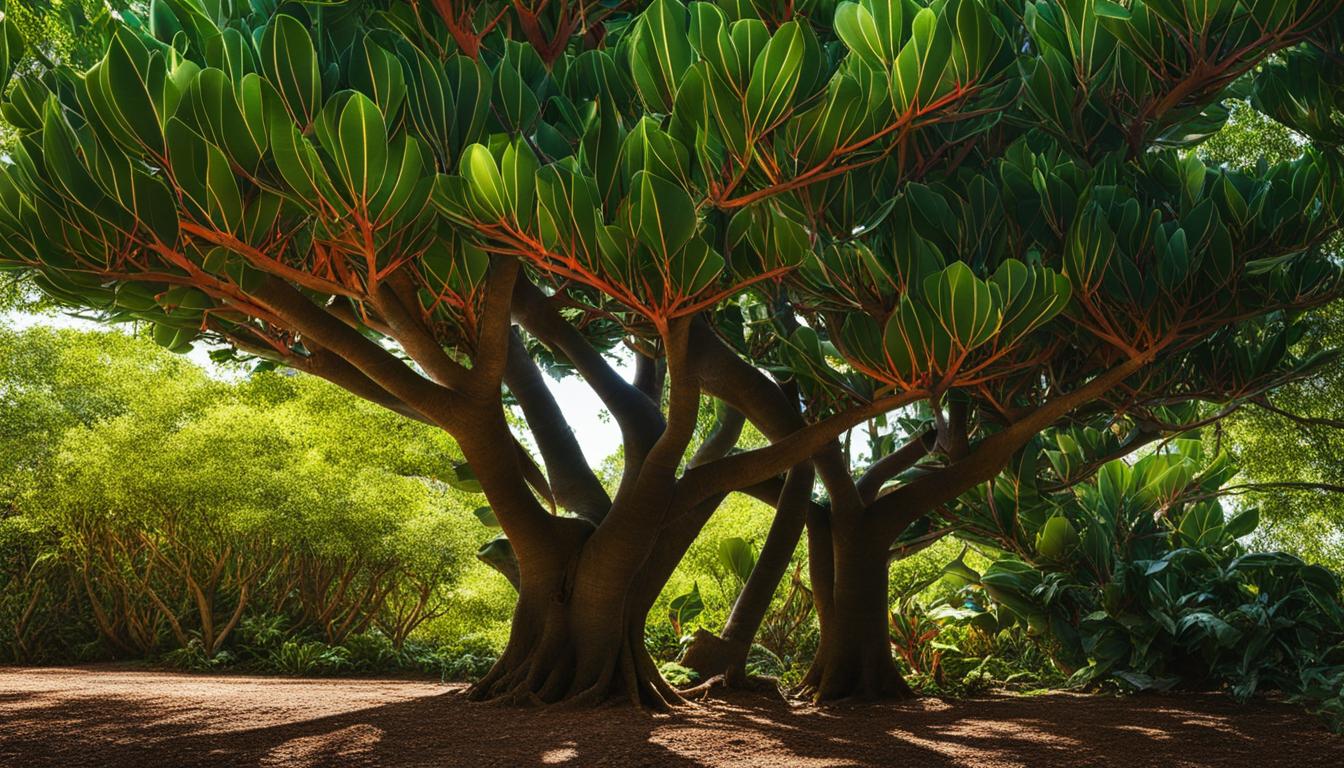
Welcome to my guide on caring for the Rubber Tree plant (Ficus elastica). Whether you’re a seasoned plant enthusiast or just starting your indoor gardening journey, this article will provide you with essential tips to ensure your Rubber Tree thrives in your home.
The Rubber Tree, also known as the rubber fig or rubber tree, is a popular houseplant originating from southern China, Southeast Asia, and Indonesia. It is highly adaptable to indoor light conditions, making it an excellent choice for your home. Fun fact: NASA recommends the Rubber Tree for its air-purifying properties!
Not only is the Rubber Tree known for its beauty and air-purifying abilities, but it also has a unique history. The latex sap from this plant has been used to make rubber, and in tropical Northeastern India, its roots are utilized to create living bridges that are wind and flood-resistant.
By following these care essentials, you’ll create an optimal environment for your Rubber Tree to flourish and bring beauty to your indoor space. So, let’s get started and enjoy the journey of nurturing your Rubber Tree plant!
Key Takeaways:
- Provide your Rubber Tree with 6-8 hours of medium to bright, indirect sunlight per day.
- Water your Rubber Tree every 1-2 weeks, allowing the soil to dry out between waterings.
- Maintain a temperature range of 65°F to 85°F (18°C-30°C) and avoid temperatures below 60°F (15°C).
- Use a well-draining soil mix composed of peat, pine bark, and coarse sand or perlite.
- Protect your Rubber Tree from pests such as scale or mealybugs and prune as needed.
Rubber Tree Light Requirements
Proper lighting is essential for the healthy growth of a Rubber Tree. This houseplant thrives in medium to bright light, preferably bright indirect light. It requires at least six to eight hours of light per day to maintain its vibrant green foliage.
If the windows where the plant is placed receive harsh direct sunlight, it is best to use a sheer curtain to diffuse the light. Direct sunlight can scorch the leaves of the Rubber Tree, causing them to fade and lose their luster. By providing the right amount of light, you can ensure that your Rubber Tree stays healthy and vibrant.
The Importance of Light for Rubber Trees
Light is crucial for the Rubber Tree’s photosynthesis process, which is responsible for its growth and overall health. Without enough light, the plant may become weak and leggy, with stretched-out stems and small leaves. Conversely, too much direct sunlight can lead to leaf burn and damage.
When choosing the placement for your Rubber Tree, consider its light requirements and find the perfect spot where it can receive bright, indirect light throughout the day. Remember to rotate the plant occasionally to ensure even exposure to light, resulting in uniform growth.
| Light Intensity | Description |
|---|---|
| Bright Indirect Light | Filtered light that reaches the plant indirectly, such as through a sheer curtain or by placing it a few feet away from a window. |
| Medium Light | Light that is less intense than direct sunlight but still bright enough to cast a clear shadow. |
| Low Light | Dim light conditions with no direct sunlight and only ambient lighting from nearby sources. |
By understanding and providing the appropriate light requirements for your Rubber Tree, you can ensure its optimal growth and create a visually appealing indoor display.
Rubber Tree Watering Guide
Proper watering is essential for the health and well-being of your Rubber Tree. This watering guide will help you understand the best practices for keeping your indoor plant hydrated and thriving.
The Rubber Tree should be watered every 1-2 weeks, allowing the soil to dry out between waterings. During the spring and summer months, when the plant is receiving more light, it is better to water it more frequently. In contrast, during the fall and winter, the watering frequency should be reduced.
Signs that the Rubber Tree needs more water include inward curling leaves and dry potting mix. On the other hand, if the leaves start to drop or the potting mix is wet, the watering schedule should be decreased. It’s important to strike a balance and provide just the right amount of moisture.
To ensure proper watering, it is recommended to use the “finger test.” Simply insert your finger about an inch into the soil. If it feels dry, it’s time to water your Rubber Tree. If it feels damp, you can hold off on watering for a few more days. This test helps prevent overwatering and allows the plant to thrive in the right conditions.
| Season | Watering Frequency | Signs of Watering Needs |
|---|---|---|
| Spring and Summer | Every 1-2 weeks | Inward curling leaves, dry potting mix |
| Fall and Winter | Reduce frequency | Leaves dropping, wet potting mix |
By following this watering guide and paying attention to your Rubber Tree’s specific needs, you can ensure that your plant stays healthy and vibrant. Remember to monitor the soil moisture, adjust the watering frequency based on the season, and provide just the right amount of hydration for your Rubber Tree to thrive.
Rubber Tree Humidity and Temperature Tolerance
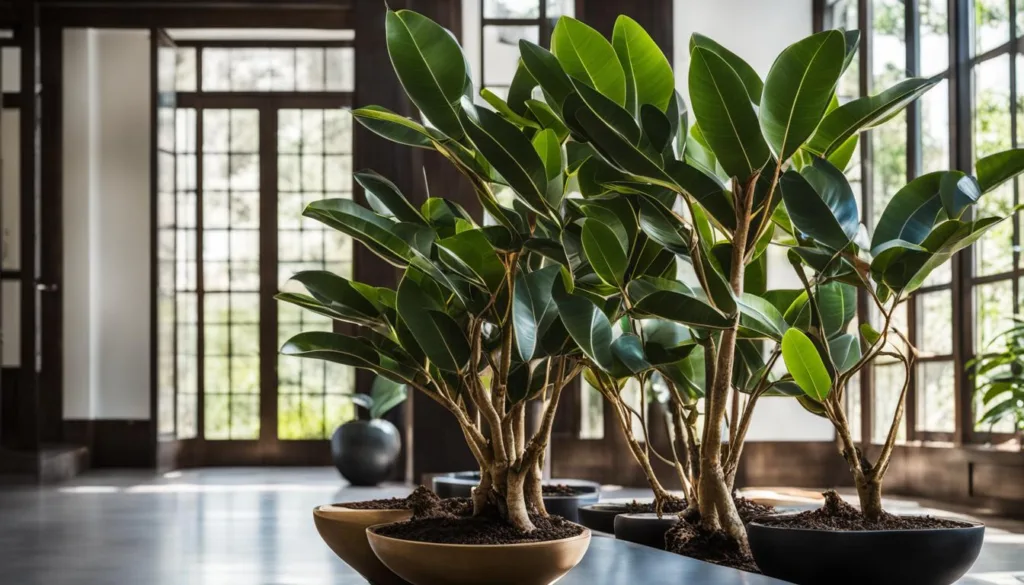
Proper humidity and temperature levels are essential for the optimal growth and health of a Rubber Tree. This plant is known for its adaptability and can tolerate a wide range of humidity levels. Whether you live in a dry or humid environment, the Rubber Tree will thrive in normal room humidity. You don’t need to worry about investing in additional humidifiers or constantly monitoring the moisture levels.
When it comes to temperature, the Rubber Tree prefers a warm environment similar to its native jungle climate. It is best to maintain a temperature range of 65°F to 85°F (18°C-30°C). Make sure to avoid exposing the plant to temperatures below 60°F (15°C), as it can negatively impact its growth and overall health. Keep the Rubber Tree away from drafty windows or doors to prevent temperature fluctuations.
By providing the Rubber Tree with adequate humidity and maintaining a suitable temperature range, you can ensure that this tropical plant thrives in your indoor space.
Rubber Tree Humidity: The Rubber Tree can tolerate any level of humidity, including normal room humidity.
Rubber Tree Temperature Tolerance: Maintain a temperature range of 65°F to 85°F (18°C-30°C) and avoid temperatures below 60°F (15°C).
Rubber Tree Size and Growth
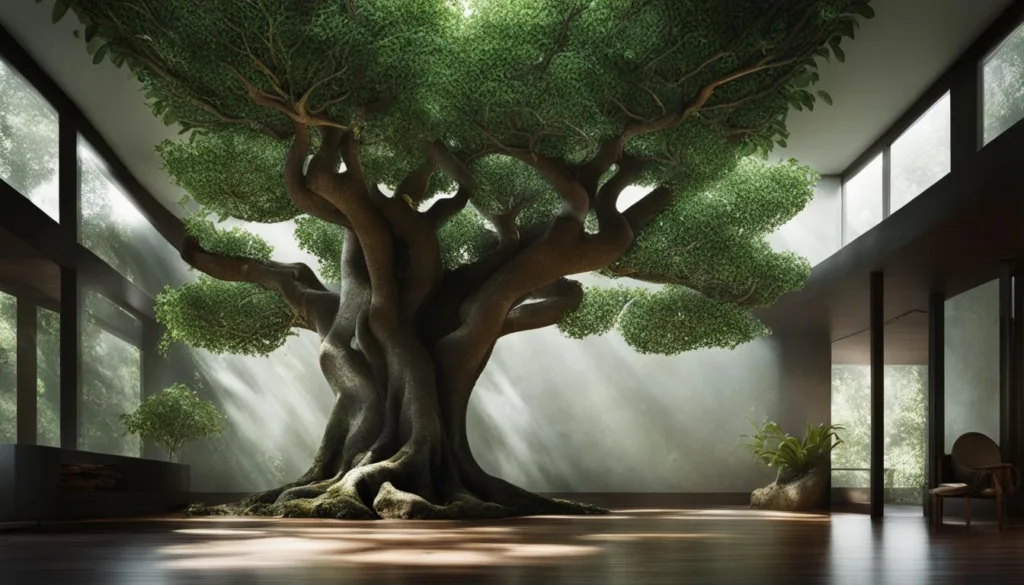
When it comes to size, the Rubber Tree can reach impressive heights both indoors and outdoors. Out in nature, this plant can grow up to 30 ft. (10 meters) tall with a spread of around 10 ft. (3.2 meters) over the years.
However, when grown as an indoor plant, the Rubber Tree still has the potential to reach a substantial size, usually ranging from 6 to 10 ft. (2 to 3 meters). This makes it a great choice for those looking to add a statement plant to their indoor space.
To ensure the Rubber Tree stays within manageable proportions, it’s important to provide the appropriate care and limit its pot size. Regular pruning can also help control its growth and maintain a more compact shape. However, it’s worth noting that the Rubber Tree is known for its vigorous growth and can quickly outgrow its surroundings if not properly cared for.
Overall, the Rubber Tree’s potential for size and growth makes it a visually striking addition to any indoor or outdoor space. Its lush foliage and impressive stature can instantly elevate the aesthetic of a room or garden.
| Indoor Size | Outdoor Size |
|---|---|
| 6 to 10 ft. (2 to 3 meters) | Up to 30 ft. (10 meters) with a spread of around 10 ft. (3.2 meters) |
Rubber Tree Care and Maintenance
I have found that caring for and maintaining a Rubber Tree is relatively easy, requiring just a few key steps. By following these guidelines, you can ensure that your plant remains healthy and thrives in your indoor space.
Light
The Rubber Tree prefers medium to bright light, ideally bright indirect light. It thrives when exposed to at least six to eight hours of light per day. If the windows in your home receive harsh direct sunlight, it is recommended to use a sheer curtain to diffuse the light. This will prevent the leaves from fading and becoming damaged.
Watering
When it comes to watering, the Rubber Tree should be watered every 1-2 weeks, allowing the soil to dry out between waterings. However, be mindful of adjusting the watering frequency based on the season and the amount of light the plant is receiving.
During the spring and summer months, when the plant is exposed to more light, it is advisable to water it more frequently. In contrast, during the fall and winter, when the light is reduced, the watering schedule should be decreased to avoid overwatering.
Pruning and Pest Control
Pruning the Rubber Tree is generally only necessary to remove dead or dying leaves or to shape the plant according to your preference. This can be done in spring or summer, but it is not mandatory.
However, it is important to regularly inspect your Rubber Tree for pests such as scale or mealybugs. If you spot any of these pests, immediate treatment with horticultural (Neem) oil is recommended, along with regular wiping of the plant’s leaves to keep them clean and healthy.
| Aspect | Guidelines |
|---|---|
| Light | Place your Rubber Tree in medium to bright light, preferably bright indirect light. Ensure it receives 6-8 hours of light per day. |
| Watering | Water your Rubber Tree every 1-2 weeks, allowing the soil to dry out between waterings. Adjust the frequency based on the season and light exposure. |
| Pruning | Prune your Rubber Tree to remove dead or dying leaves and to shape the plant as desired. This can be done in spring or summer. |
| Pest Control | Regularly inspect your Rubber Tree for pests such as scale or mealybugs. Treat with horticultural (Neem) oil and keep the leaves clean to prevent infestations. |
Rubber Tree Safety Precautions
As much as we love our furry friends and children, it’s essential to know that the Rubber Tree (Ficus elastica) is considered toxic to cats, dogs, and humans if consumed. The milky sap of the Rubber Tree can cause adverse reactions if ingested, so it’s crucial to handle this plant with care and keep it out of reach of small children and pets. By taking a few safety precautions, you can ensure a safe and enjoyable environment for everyone.
Rubber Tree and Toxicity
The milky sap of the Rubber Tree contains various chemical compounds that can be harmful if ingested. When the leaves or stems are broken, the sap oozes out, and if it comes into contact with the skin or mucous membranes, it can cause irritation or an allergic reaction.
Ingesting the sap can lead to symptoms such as vomiting, diarrhea, excessive drooling, and difficulty swallowing. While the toxicity of the Rubber Tree is generally considered mild, it’s always best to err on the side of caution and keep it away from curious pets and children.
While the Rubber Tree may not be the best choice for households with pets or young children who are prone to exploring and tasting everything, there are plenty of other pet-friendly and child-safe plants that you can consider.
These options will bring beauty and greenery to your home without posing a risk to your loved ones. With a little research and care, you can create a safe and welcoming environment for everyone to enjoy.
Summary
In summary, it’s important to understand that the Rubber Tree is toxic to cats, dogs, and humans if consumed. The milky sap found in the leaves and stems can cause adverse reactions and should be handled with care.
To ensure the safety of your loved ones, keep the Rubber Tree out of reach of small children and pets. If you’re looking for pet-friendly or child-safe alternatives, there are many other plants that can bring beauty and greenery to your home without posing a risk. By choosing the right plants and taking precautions, you can create a safe and inviting space for everyone to enjoy.
Rubber Tree Propagation Techniques
Propagating a Rubber Tree can be an exciting way to expand your indoor plant collection. There are two main propagation techniques that you can use: stem cuttings and air layering. Both methods have their advantages and can be successful with proper care and attention.
Stem Cuttings
To propagate a Rubber Tree using stem cuttings, you will need to select a healthy branch from the parent plant. Make sure the branch is at least 6-8 inches long and has a few leaves. Using a clean, sharp knife or garden shears, make a clean cut just below a node, which is where the leaf meets the stem. Remove any leaves from the bottom half of the cutting.
Next, fill a small pot with well-draining soil or use a glass of water. Dip the cut end of the stem into a rooting hormone powder to encourage root development. Plant the cutting about an inch deep in the soil or place it in the glass of water, making sure the nodes are covered. Keep the soil or water consistently moist and place the cutting in a warm and bright location, but away from direct sunlight.
Within a few weeks, you should begin to see new roots forming. Once the roots are well-established, you can transfer the cutting to a larger pot with well-draining soil and continue to care for it as you would a mature Rubber Tree.
Air Layering
Air layering is another effective method for propagating a Rubber Tree. This technique involves creating a small wound on a healthy stem and encouraging it to produce roots before separating it from the parent plant. Start by selecting a section of a healthy stem, about a foot from the tip, and make a small cut or remove a strip of bark.
Next, pack damp sphagnum moss around the wounded area and wrap it with plastic wrap to retain moisture. Secure the moss and plastic wrap with string or twist ties. Over time, the stem will produce roots within the moss. Once you see a sufficient amount of roots, carefully cut the stem below the rooted section and plant it in a pot with well-draining soil.
Remember to keep the newly propagated Rubber Tree in a warm and bright location, away from direct sunlight. With proper care, the new plant will continue to grow and thrive, adding beauty to your indoor space.
| Propagation Technique | Advantages |
|---|---|
| Stem Cuttings |
|
| Air Layering |
|
Rubber Tree Outdoor Care
When it comes to caring for your Rubber Tree outdoors, there are a few key factors to keep in mind. Firstly, it’s important to note that the Rubber Tree can be grown outdoors in USDA zones 10 and 11. However, with proper protection, it can also survive in zone 9. If you live in a colder climate, it’s best to keep your Rubber Tree in a container and bring it indoors during the winter months when temperatures drop below 30 degrees.
Outdoor-grown Rubber Trees have the potential to reach impressive heights of up to 100 feet, making them ideal as space dividers or privacy screens on patios and decks.
Their tall, lush foliage creates a beautiful green backdrop and adds a touch of tropical charm to any outdoor space. Whether you’re looking to create a secluded nook in your garden or add a statement piece to your outdoor decor, the Rubber Tree is a versatile choice.
When positioning your Rubber Tree outdoors, it’s important to find a spot that offers adequate sunlight. While the Rubber Tree can tolerate some shade, it thrives in medium to bright light.
Place your plant where it will receive at least six to eight hours of sunlight each day. If you live in an area with intense sunlight, consider providing some shade during the hottest part of the day to prevent sunburn on the leaves.
| Outdoor Care Tips for Rubber Trees |
|---|
| Position your Rubber Tree in a spot that receives 6-8 hours of sunlight per day. |
| Protect the plant from intense sunlight by providing some shade during the hottest part of the day. |
| Water your Rubber Tree regularly, allowing the soil to dry out slightly between waterings. |
| Monitor the temperature to ensure it does not go below 30 degrees Fahrenheit. |
| Inspect the plant regularly for pests and treat any infestations promptly. |
| Prune the Rubber Tree as needed to maintain its desired shape and remove any dead or unhealthy foliage. |
Regular watering is vital for outdoor Rubber Trees, but it’s important not to overwater. Allow the top inch or two of soil to dry out between waterings to prevent root rot. During the warmer months, you may need to water more frequently, while during the cooler months, you can reduce the frequency.
Regularly inspect your Rubber Tree for pests and treat any infestations promptly to keep your plant healthy and thriving. Finally, pruning can be done as needed to maintain the desired shape and remove any dead or unhealthy foliage.
Rubber Tree Soil Requirements
Proper soil composition is essential for the healthy growth of a Rubber Tree. The right soil ensures adequate drainage and aeration, preventing waterlogging and root rot. A suitable soil mix for Rubber Trees consists of one part peat, one part pine bark, and one part coarse sand or perlite. This combination provides a well-draining and well-aerated substrate, allowing the roots to breathe and preventing water from sitting in the soil.
The peat in the soil mixture retains moisture, while the pine bark and coarse sand or perlite improve drainage. This balance creates an ideal environment for the Rubber Tree to thrive. It is important to note that using regular potting soil may not provide the necessary drainage and aeration, leading to moisture-related issues.
When repotting a Rubber Tree, ensure that the new pot has proper drainage holes to prevent water accumulation. Additionally, avoid over-watering to minimize the risk of root rot. By providing the right soil conditions, you can help your Rubber Tree plant flourish and maintain its health for years to come.
Rubber Tree Soil Requirements
| Soil Component | Proportion |
|---|---|
| Peat | 1 part |
| Pine Bark | 1 part |
| Coarse Sand or Perlite | 1 part |
Rubber Tree Light and Watering Summary
To ensure the healthy growth of your Rubber Tree, it is important to meet its specific light and watering requirements. The Rubber Tree thrives in medium to bright light, preferably bright indirect light.
It should receive at least six to eight hours of light per day to maintain its vibrant foliage. If the windows where you place your Rubber Tree receive harsh direct sunlight, you can use a sheer curtain to diffuse the light and protect the leaves from scorching.
When it comes to watering your Rubber Tree, it is best to follow a consistent schedule. Water your plant every 1-2 weeks, allowing the soil to dry out between waterings. During the spring and summer months, when the plant is exposed to more light, it may require more frequent watering. On the other hand, during the fall and winter, when the plant goes through a period of dormancy, you can reduce the watering frequency.
Observing your Rubber Tree’s leaves and soil can also give you important clues about its water needs. If the leaves start to curl inward or the potting mix feels dry, it’s a sign that your plant needs more water.
Conversely, if the leaves begin to drop or the potting mix remains wet, it’s an indication that you should decrease the watering schedule. Finding the right balance will help your Rubber Tree thrive and stay healthy.
By providing the optimal light conditions and following a consistent watering routine, you can ensure the well-being of your Rubber Tree and enjoy its beauty for years to come.
FAQ
How much light does the Rubber Tree need?
The Rubber Tree requires at least six to eight hours of light per day and thrives in medium to bright light, preferably bright indirect light.
How often should I water the Rubber Tree?
The Rubber Tree should be watered every 1-2 weeks, allowing the soil to dry out between waterings. Adjust the watering frequency based on the season and the plant’s light exposure.
What temperature and humidity levels does the Rubber Tree prefer?
The Rubber Tree can tolerate any level of humidity, including normal room humidity, and prefers a temperature range of 65°F to 85°F (18°C-30°C).
How big does the Rubber Tree grow?
When grown outdoors, the Rubber Tree can reach a height of about 30 ft. (10 meters), while indoors, it usually ranges from 6 to 10 ft. (2 to 3 meters).
How do I care for the Rubber Tree?
Apart from providing adequate light and water, the main concern is protecting it from pests like scale or mealybugs. Pruning is usually only necessary to remove dead or dying leaves or to shape the plant.
Is the Rubber Tree toxic?
Yes, the Rubber Tree is considered toxic to cats, dogs, and humans if consumed. It is best to keep this plant out of reach of small children and pets.
How can I propagate the Rubber Tree?
The Rubber Tree can be propagated through stem cuttings or air layering. Stem cuttings can be planted in good potting soil or water until they root, while air layering involves making a cut in a healthy Rubber Tree and packing damp moss around the cut until roots appear.
Can the Rubber Tree be grown outdoors?
Yes, the Rubber Tree can be grown outdoors in USDA zones 10 and 11, and with protection, it can also survive in zone 9. In colder climates, it is best to keep the plant in a container and move it indoors during the winter months.
What type of soil does the Rubber Tree prefer?
The Rubber Tree prefers well-draining soil and a good soil mix is composed of one part peat, one part pine bark, and one part coarse sand or perlite.
What are the important light and watering guidelines for the Rubber Tree?
The Rubber Tree should receive at least six to eight hours of light per day and be watered every 1-2 weeks, allowing the soil to dry out between waterings. Adjust the frequency based on the season and light exposure.

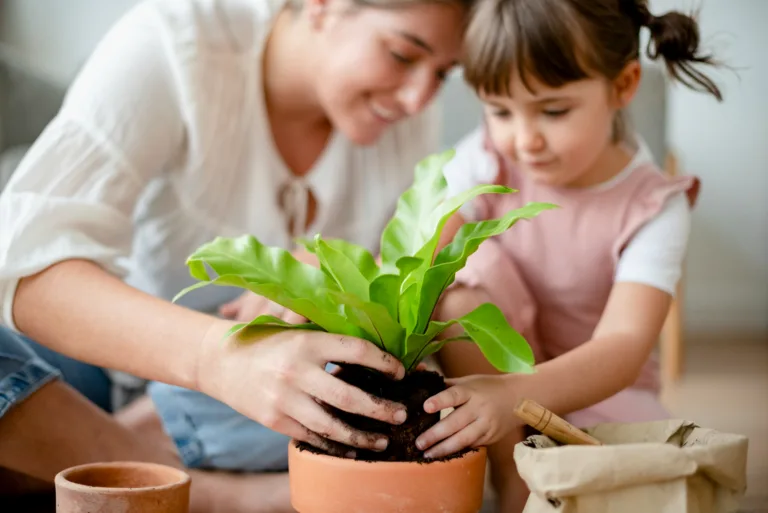
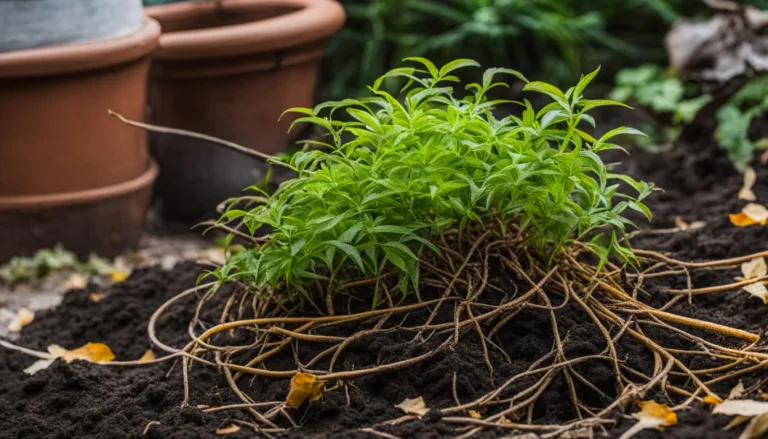
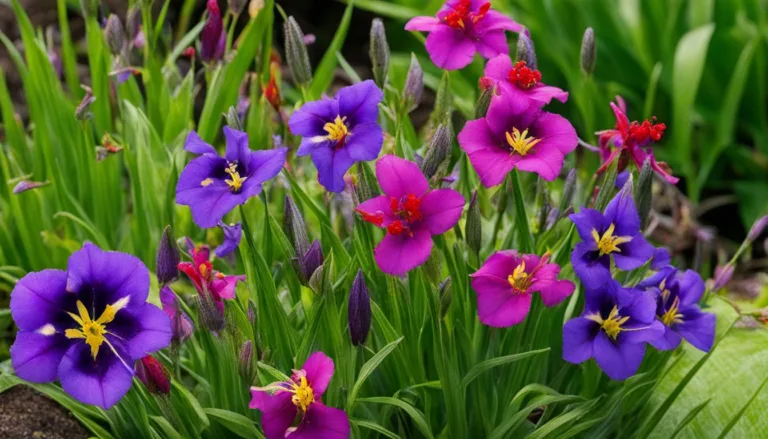
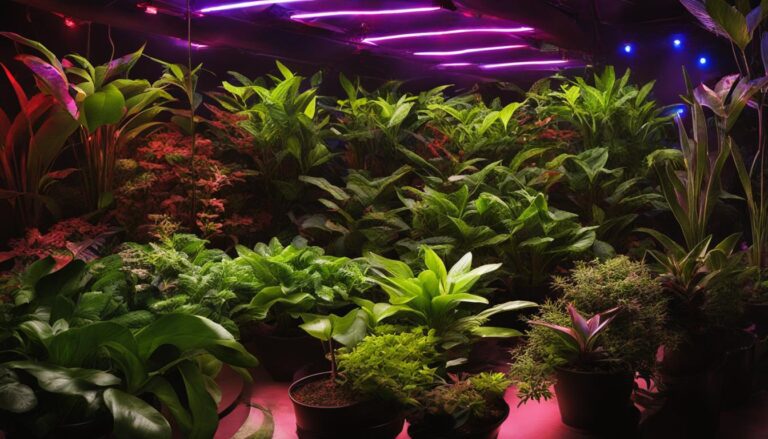
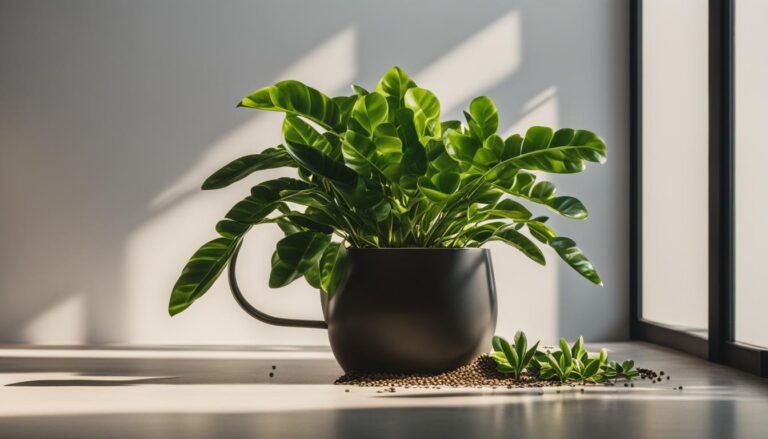
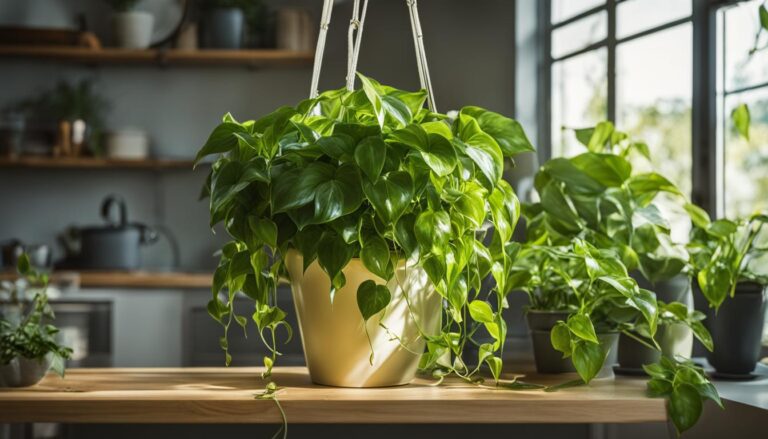
One Comment